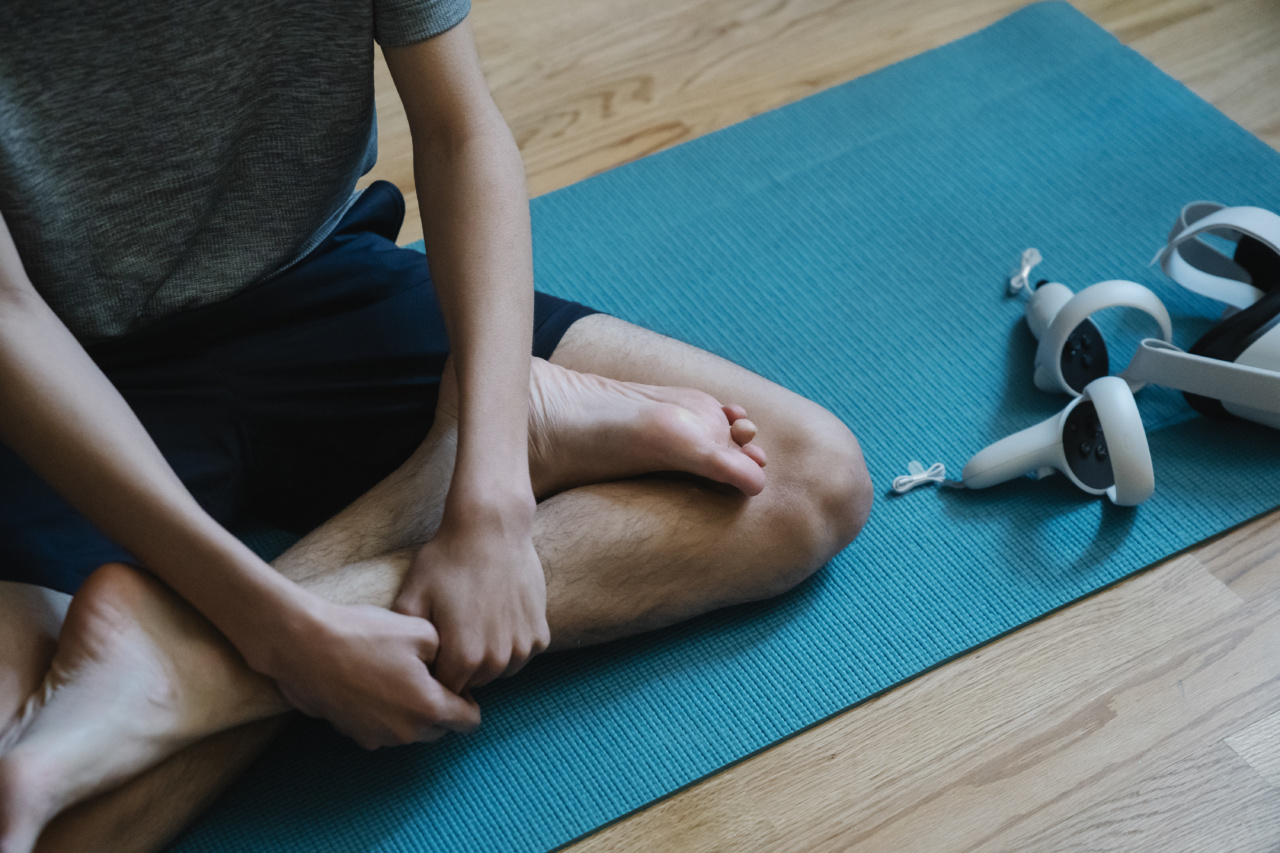Stress has become a common part of our fast-paced lives. It can affect us both physically and mentally, leading to various health issues and a decreased quality of life.
While traditional stress-relief practices like exercise, meditation, and deep breathing can be effective, why not explore some innovative techniques that can help calm your mind and rejuvenate your body? In this article, we will look at seven unique stress-relief practices that you can incorporate into your daily routine.
1. Forest Bathing
Have you ever felt refreshed after spending time in nature? Forest bathing, also known as shinrin-yoku, is a practice that originated in Japan and involves immersing yourself in the ambiance of the forest.
This simple yet powerful practice can reduce stress, lower blood pressure, and boost your mood. Take a leisurely walk in a forested area, breathe in the fresh air, and engage your senses to experience the healing benefits of nature.
2. Coloring Therapy
Remember how coloring used to bring you joy as a child? Coloring therapy has gained popularity as a stress-relief practice among adults. It helps to stimulate the creative side of your brain and promotes relaxation.
Engage in coloring intricate designs or patterns using colored pencils or markers. The repetitive and mindful nature of coloring can calm your mind and bring a sense of tranquility.
3. Laughter Yoga
Laughter is the best medicine, and laughter yoga is a unique way to improve your well-being. Laughter yoga combines unconditional laughter with yogic breathing exercises. It not only reduces stress but also boosts the immune system and elevates mood.
Join a laughter yoga class or practice it at home by laughing heartily for a few minutes every day. You’ll be amazed by the positive effects it can have on your overall stress levels.
4. Floatation Therapy
For a truly immersive stress-relief experience, consider floatation therapy. Floatation tanks or pods filled with Epsom salt water provide a serene environment where you can float effortlessly.
This sensory-deprivation experience promotes deep relaxation, reduces muscle tension, and enhances mental clarity. Spend some time floating in a floatation tank, letting go of all external stimuli, and allow yourself to unwind completely.
5. Art Therapy
Expressing yourself creatively can be a powerful tool for managing stress. Art therapy involves using various art forms such as painting, sculpting, or even dancing to encourage self-expression and self-discovery.
Engaging in artistic activities allows you to release emotions, reduce anxiety, and improve overall well-being. Experiment with different art forms to find what resonates with you and incorporate it into your stress-relief routine.
6. Sound Therapy
Sound therapy is a practice that uses the vibration and frequencies of sound to promote relaxation and balance.
Whether it’s through Tibetan singing bowls, crystal bowls, or gongs, the resonating sounds can calm your nervous system and alleviate stress. Attend a sound therapy session or create your own peaceful soundscape by playing soothing music or nature sounds. Allow the sounds to wash over you and create a sense of peace and tranquility.
7. Aromatherapy
Engage your sense of smell to reduce stress with aromatherapy. Certain fragrances, such as lavender, chamomile, or citrus, have calming properties that can help alleviate stress and anxiety.
Use essential oils in a diffuser, add a few drops to a warm bath, or create your own calming room sprays. Breathe in the soothing scents and let them transport you to a state of relaxation and calmness.
Conclusion
Stress relief doesn’t always have to come from traditional methods. Exploring innovative practices can provide a fresh approach to managing stress and help you find what works best for you.
Incorporate these seven unique stress-relief practices into your daily routine, and prioritize your mental and physical well-being. Remember, it’s essential to discover and practice techniques that resonate with you to create your own personalized stress-relief routine.






























